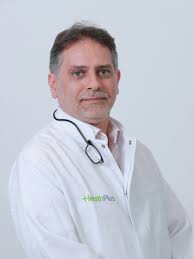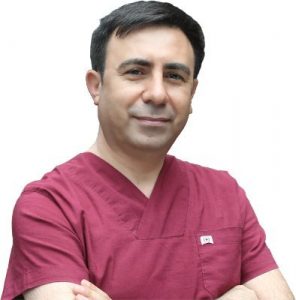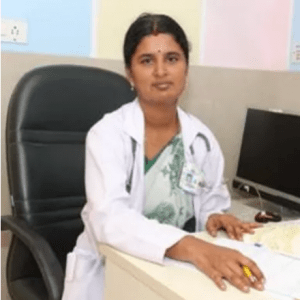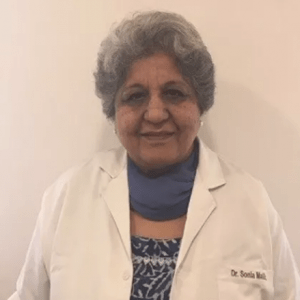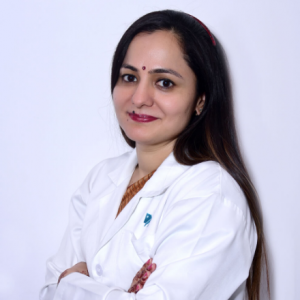Varicocele and Assisted Reproductive Technologies (ART)
Varicoceles are similar to varicose veins that occur in the legs, but in this instance, they appear in the testicles. They occur when blood pools in the vein rather than circulating out of the scrotum. Naturally, veins contain a one-way valve which functions to allow the flow of blood from the testicles and scrotum back… Read More
Top Doctors For Varicocele and Assisted Reproductive Technologies (ART) Treatments
Top Hospitals For Varicocele and Assisted Reproductive Technologies (ART) Treatments
Varicocele and Assisted Reproductive Technologies (ART)
Varicoceles are similar to varicose veins that occur in the legs, but in this instance, they appear in the testicles. They occur when blood pools in the vein rather than circulating out of the scrotum. Naturally, veins contain a one-way valve which functions to allow the flow of blood from the testicles and scrotum back to the heart. The failure of these valves leads to the pooling of the blood, as they act to regulate the blood flow. Varicoceles usually form during the puberty of the affected individual and develop over time. While they can cause problems, they usually go unnoticed by the affected individual and do not result in complications. Varicoceles can be classified into three types, they are:
- Pressure type – This leads to a grade I varicocele; it happens when the spermatic vein fills up with blood.
- Shunt type – This leads to a grade II or grade III varicocele. Here, a severe build-up causes damage to the spermatic vein and surrounding veins as well.
What are the Symptoms of Varicocele?
A varicocele usually occurs on the left side of the scrotum, and while they do not usually cause pain when they do, the pain is worse when standing. The possible symptoms that can be seen when it is obvious are pain, a mass that can be felt on the scrotum, and the testicles appearing to be of different sizes when felt. The affected individual should consult with a doctor when they notice any of the following:
- Fertility issues
- A lump in the scrotum
- Swelling of the scrotum
- Veins in the scrotum that have a twisted and unusually large appearance
- Any instance of change in shape, appearance or size of the testes
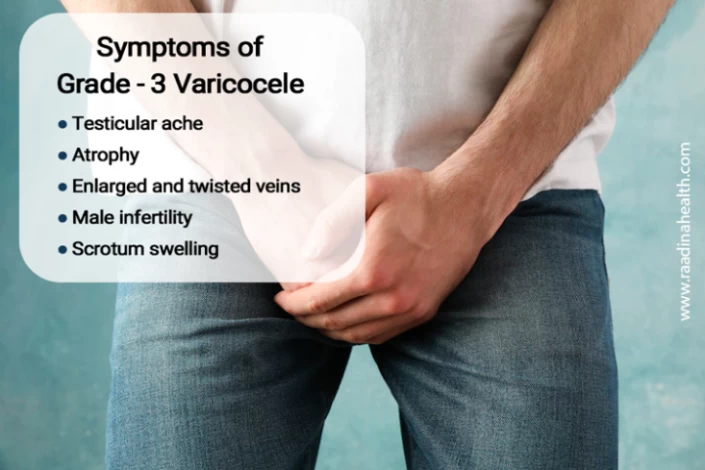
What are the Possible Complications of Varicoceles?
The following complications can result from varicoceles:
- Testicular shrinkage – The condition can lead to instances of testicular atrophy or shrinkage. When the sperm-producing tubules that make up the testicles are damaged, it can lead to the affected testicle becoming smaller and softer.
- Hormonal imbalance – In the instance that the cells react to the increased pressure that the condition causes, a hormonal change can occur. There may be slightly decreased or normal testosterone levels and greater luteinizing hormone levels.
- Infertility – This is the most severe complication that can result from varicocele formation. It may happen due to the increased amount of blood that happens because of lack of circulation. This then increases the temperature of the testicles. About 35-44% of men with primary infertility and 45-85% of men with secondary infertility have the condition. Men with varicoceles have also been found to have poorer-quality sperm. This is because sperm production is most efficient at a temperature that is slightly lower than the body temperature.
Handling Infertility due to Varicoceles: Varicocele and Assisted Reproductive Technologies (ART)
In handling infertility due to varicoceles, it may be crucial to resolve the condition first. Surgery is usually recommended in most cases. The most practised surgical technique for the condition is varicocelectomy. This is an open operation that is performed while the patient is sedated. The surgery aims to access the affected veins, closing them and rerouting blood to healthier veins. The procedure is aided by ultrasounds and surgical microscopes. There is minimal post-surgical pain, and the individual soon returns to their normal activities. In the case that the quality of sperm has been severely damaged, some assisted reproductive technology techniques can be used to facilitate conception. Some of them are:
In vitro fertilization
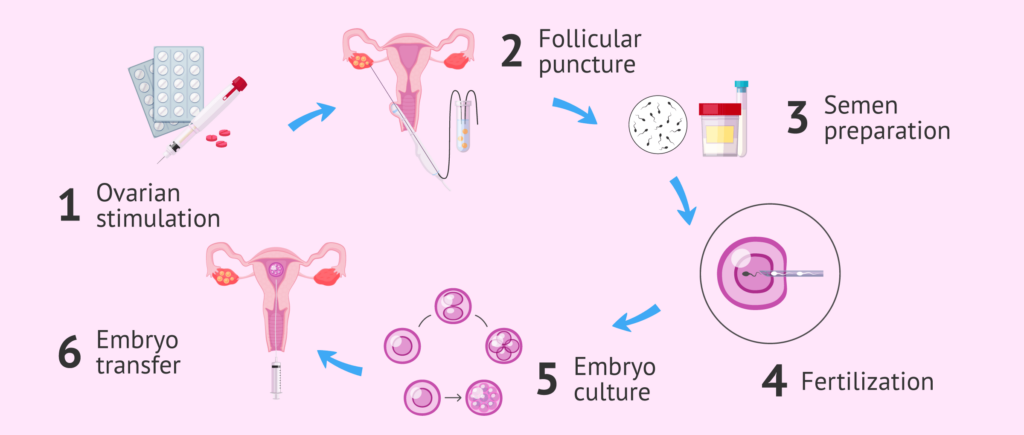
This is one of the most successful assisted reproductive techniques treatment that aims to remedy infertility in couples. It starts with the stimulation of the female partner to produce multiple follicles using fertility medication. The follicles are retrieved after they mature, then the eggs are extracted. On the male partner’s side, the sperm are collected and kept in the lab.
After the eggs are extracted, they are then mixed with the sperm in the lab. This close mixing of the gametes usually leads to fertilization occurring. The resulting embryos are grown for a few years in the laboratory for a few days. In those days, the embryos were usually tested for genetic and chromosomal abnormalities. After they are certified to be normal, the embryos are transferred to the uterus of the woman. The successful attachment of the uterus leads to conception, pregnancy and the subsequent delivery. That is the ideal sequence of an IVF procedure or treatment, and if this does not lead to pregnancy, other methods are usually tried.
Intrauterine insemination
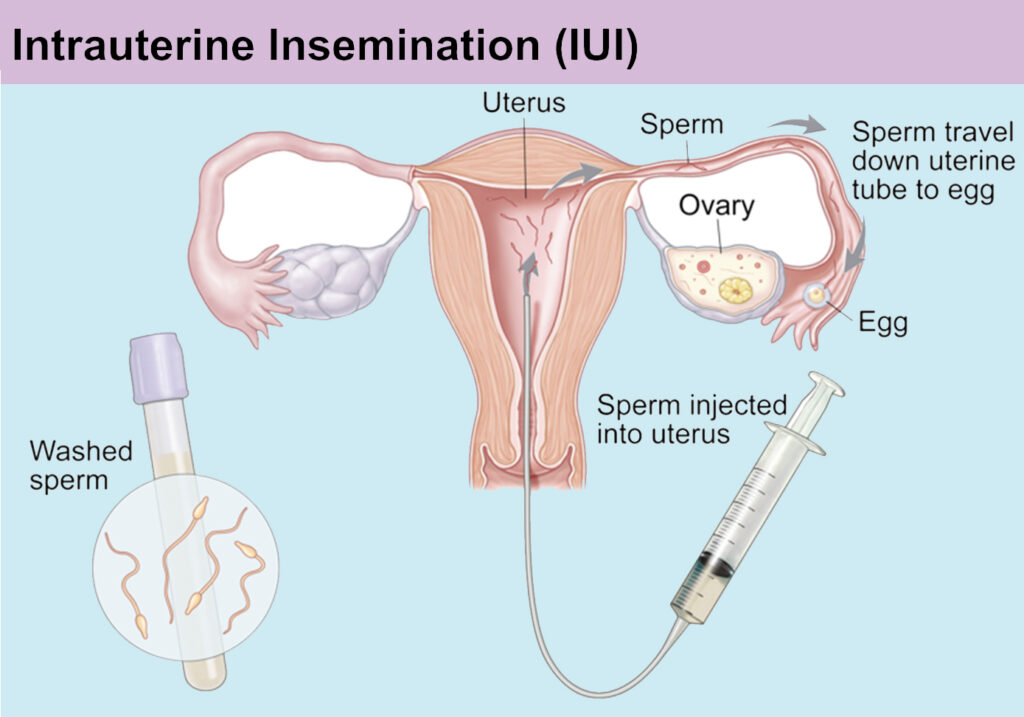
This is a medical procedure where the sperm is injected directly into the uterus. This procedure is meant to maximize the chances of conception occurring. It is because the distance for sperm to travel is greatly reduced as the vagina and cervix are bypassed. This procedure aims to put a much larger number of sperm cells in the uterus than would occur in a typical ejaculation from sexual intercourse. The procedure is usually recommended in males with low sperm count. It is not suitable for males with severe male factor infertility.
Intracytoplasmic sperm injection
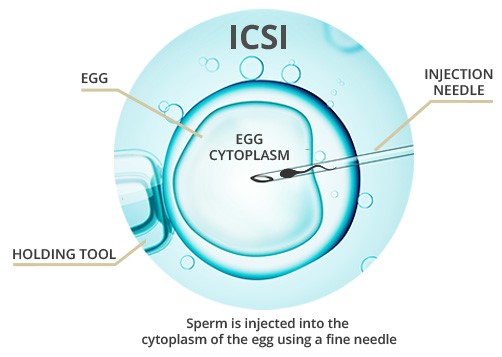
In this technique, a single sperm cell is directly injected into an egg cell to induce fertilization. It is a common procedure for male factor infertility patients. The procedure may also improve fertilization chances for couples that have had unsuccessful IVF procedures. Intracytoplasmic sperm injection has been associated with a slightly higher chance of producing children with birth defects, some of which include autism spectrum disorder, intellectual disability, Angelman syndrome, etc.
The above-listed techniques are very sophisticated, expensive and not usually legal in some countries. For residents of such countries to access these services, they may need to engage in medical or health tourism. This is where individuals seek overseas medical treatment for medical procedures that are uncommon or too expensive in their country of residence. They can consult with medical travel agencies or meditour agencies as they usually offer these services.


